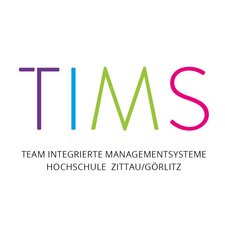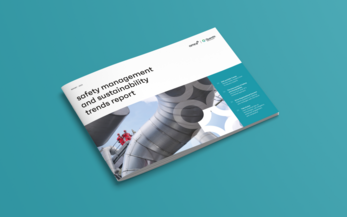10 Minutes13.06.2023
When drawing up their ESG strategy, many companies are focusing on resource efficiency and energy conservation. When the energy crisis hit, companies that took early action and implemented preventive measures were certainly at an advantage. After all, the debate about the type, cost and availability of energy sources is more important than ever, as companies face energy shortages, price rises, the risk of power outages, and a fundamental inability to plan ahead, which in turn creates considerable uncertainty.
Experts currently consider the risk of energy shortages and grid overloads to be rather low.1 However, despite the extensive preventive measures taken to maintain supply security and protect against blackouts, the risk of gas and electricity supply disruptions cannot be completely excluded. There are significant threats to critical infrastructure, not least the increasingly frequency of extreme weather events due to climate change and the potential for terrorist attacks.







